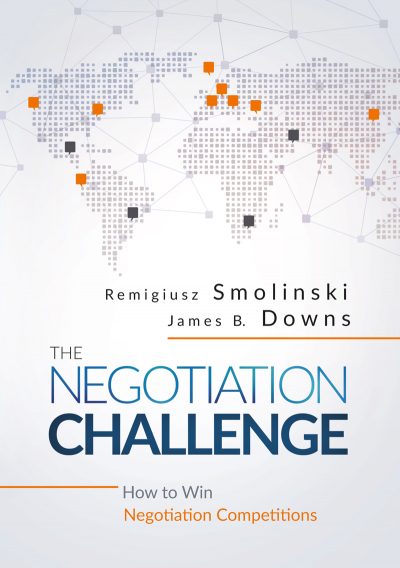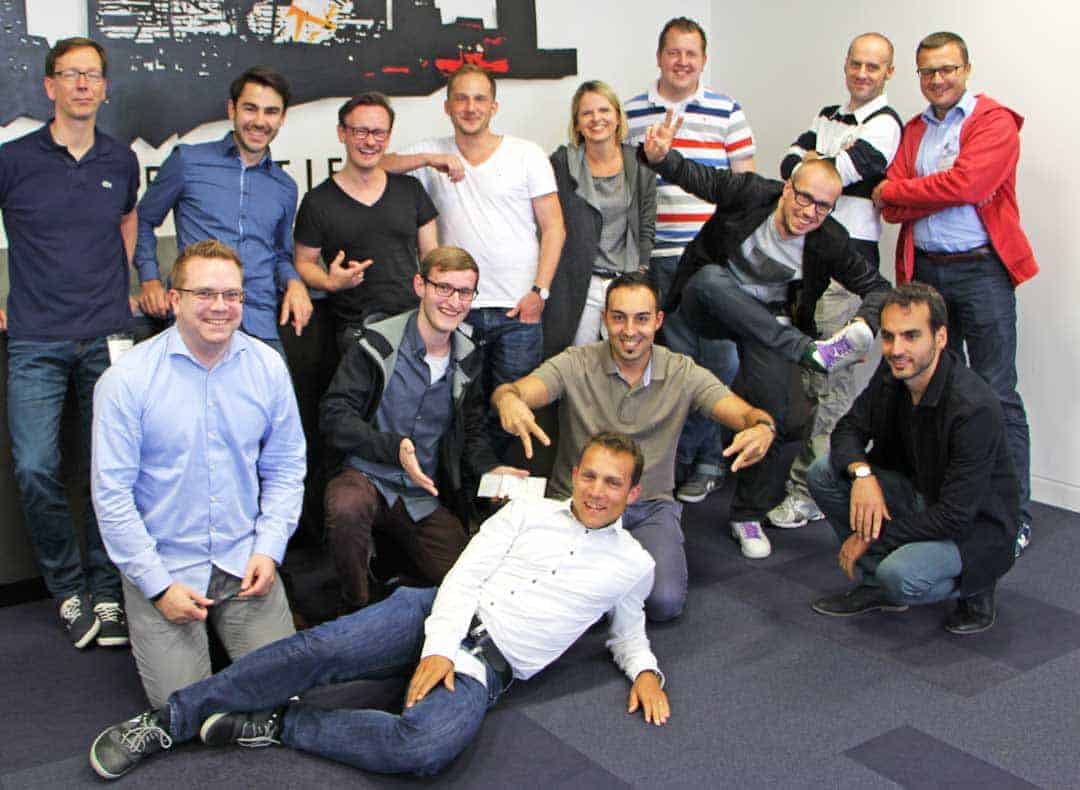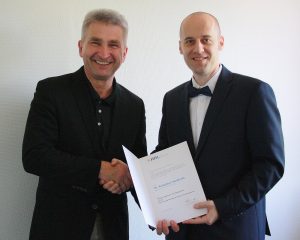Developing a concept, testing and rolling out dynamic pricing in various entities of the Otto Group was one of the most exciting projects I have ever managed. Lots of interesting insights into innovation, data, and human nature.
Dynamic pricing is essentially based on simple economic principles (Economics 101) but its practical implementation in e-commerce and brick and mortar retail has only become possible in the last decade. Our project started at the whiteboard. It felt great to sketch demand functions again, calculate their elasticities and solve optimization problems. This exercise gave us a good idea for what we need.
For economists, dynamic pricing is nothing new or exciting. Most of those who have received formal training in this discipline have learned how to estimate a demand function, how to calculate its elasticity, and how setup an objective function for whatever needs to be optimized (revenues, profit, or stock levels) and solve optimization problems. So much about theory but is it possible to apply it in real markets, to real customers and with real products?
The answer is yes but it is rather tricky. First, because demand functions are not stable in time. They change and for some products they might even change rather often. Demand functions might be different in the mornings and in the evenings. They might be different on the weekdays and on weekends. They may vary with seasons and of course with the weather. What does it mean in practice? To take full advantage of dynamic pricing, the underlying demand functions need to be constantly adjusted and the algorithm needs to look for temporal patters. Only then it can suggest the right level of prices at the right time.
Second, dynamic pricing needs data, lots of data and ideally it needs it fast. The algorithm needs to know, which products are bought and when. It needs to know, how much of which product we have on stock and how fast we can reorder. If we consider the number of products sold and the fact that each product version (e.g. size, color) can (at least theoretically) be optimized separately, we are talking about a mass of data. Ideally, the algorithm also needs to have this data real-time or as close to it as possible. The length and speed of the feedback loops between the market and the machine determines the potential of dynamic pricing in a particular application.
Third, dynamizing prices in any organization, in which they previously had been set by individuals is a huge change project. It is man against the machine. The larger the shop, the more volatile the demand, the less chance a man stands in this uneven battle. But despite this obvious imbalance of processing power, it is ultimately a man that has to decide to make himself redundant and it is not so easy. Maybe I will write a book about it some day.
So implementing dynamic pricing in organizations is typically an extra large project both in terms of the efforts as well as the potential benefits but the question is: is it worth it? It is very complex, it is rather expensive (most likely at least a six-digit number), and it ends up as a large scale organisational change project. To overweight these factors the potential benefits must be huge! … and they can be especially for the retailers whose scale of operations is large enough. According to well informed sources, dynamic prices can increase revenue and profitability by 5-6%. This is a rather conservative estimate. In its most extreme version, the impact of dynamic pricing can be even higher! What does it mean? Fully automated dynamic pricing is probably best suitable for large retailers or those selling a fast moving but limited assortment. Although it is merely a rule of a thumb, I would expect that retailers with yearly revenues significantly below 100 million (dollar or euro) would have a hard time squeezing more benefits out of this technology than their investment necessary to implement it.
There are various solutions for smaller retailers and I promise to share some of my thoughts on this topic here at some point.
Dynamic pricing works and offers a powerful way of translating high level strategic objectives (growth vs. profitability vs. stock levels) on the most granular level of SKU prices. It also implements brand strategies which are perfectly aligned with customers’ perception and their resulting price sensitivity. It captures also the most relevant changes in company’s environment and immediately suggests appropriate pricing adjustments.
All this magic happens, when we dare to trust the machines 😉





